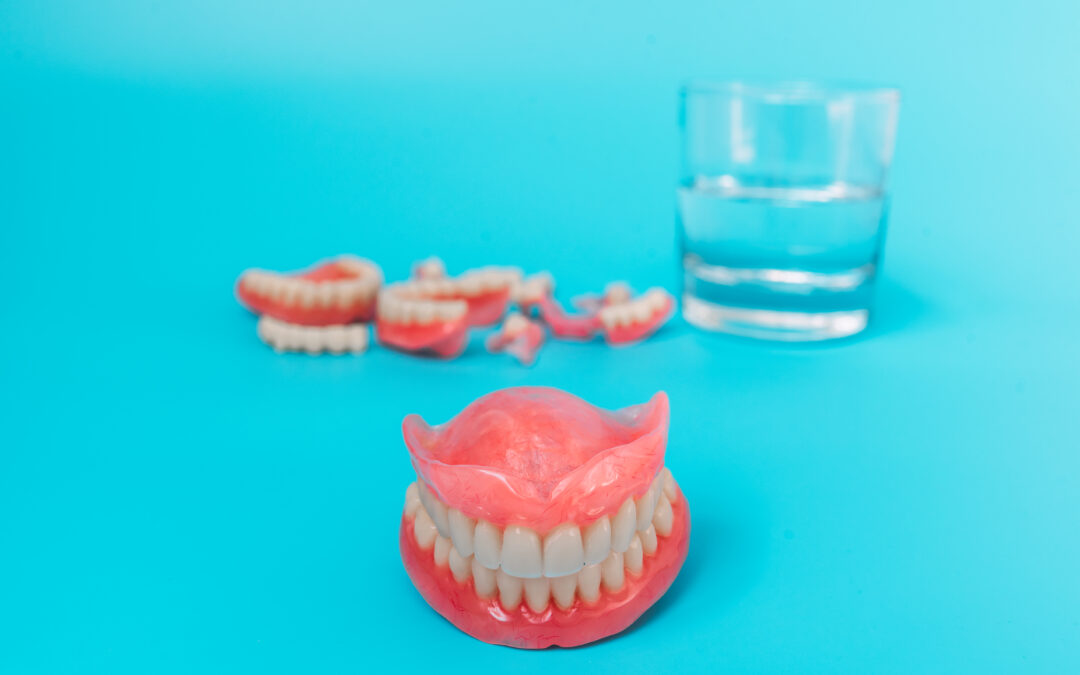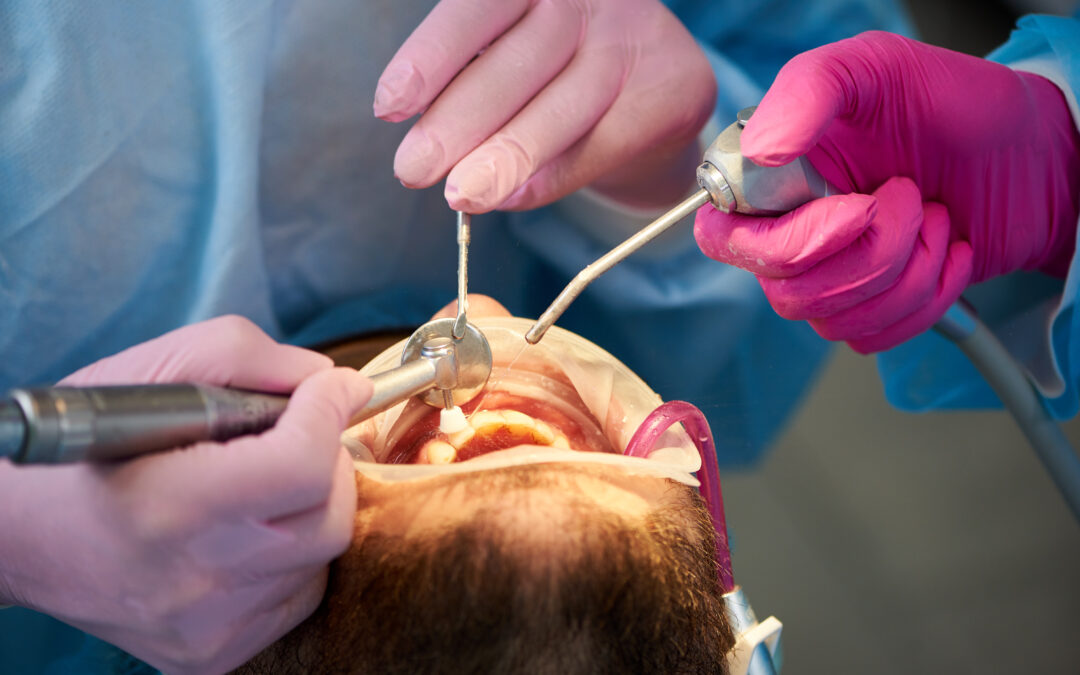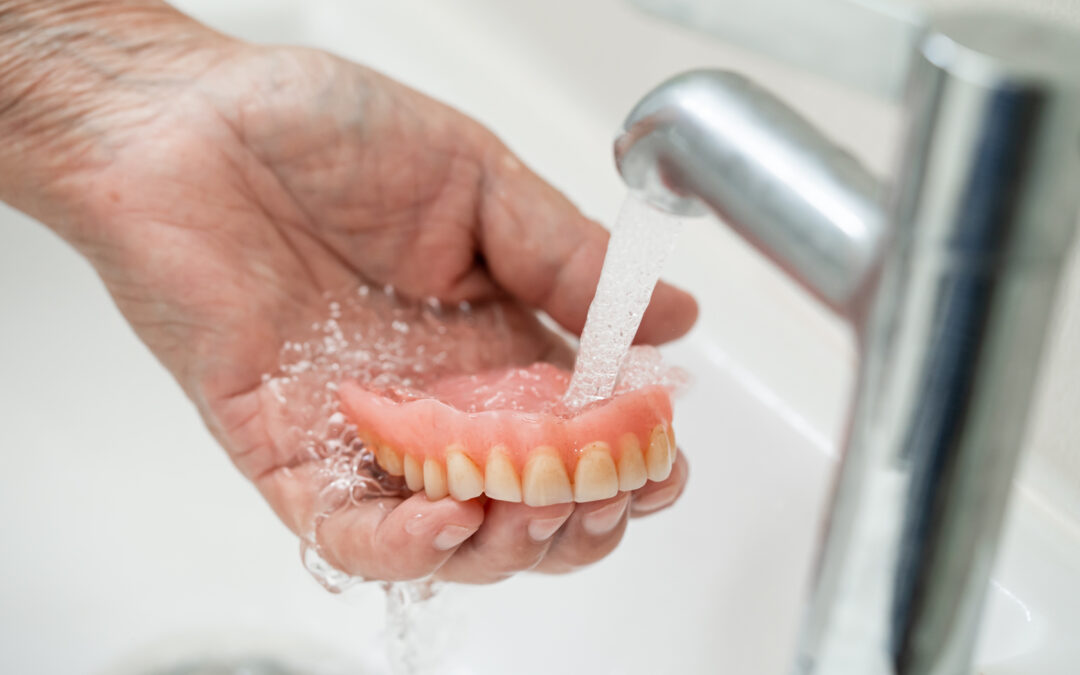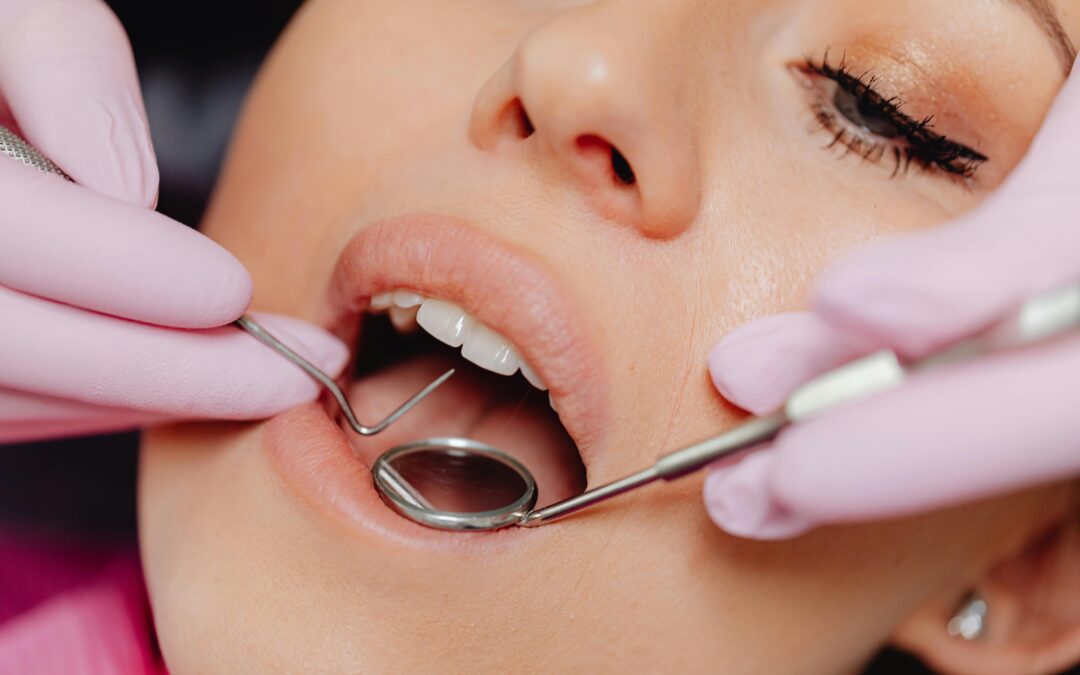Veneers and dental crowns are methods to improve the look and feel of your teeth. Although both can improve the appearance of your smile there are some significant differences. Dental restoration can be pricey, especially if on multiple teeth. Therefore, knowing the difference in procedures is important.
Deciding what is best for yourself either veneers or a crown will depend on the condition of your teeth and what you are trying to fix. Common issues include:
- Crooked teeth
- Chipped, cracked, or broken teeth
- Weak or decayed teeth
- Discoloured or severely stained teeth
Your dentist will be able to advise, however, here are the main differences between the two to start you on your journey.
What is a dental crown?
Sometimes referred to as a ‘dental cap’, a crown is on average 2mm in thickness and covers the entire tooth.
What is a veneer?
Veneers are thinner around 1mm and are bonded to the front surface of the tooth almost like a shell.
What is the difference between them?
Often a tooth crown is used if someone has a lot of decay, severe fillings, needs a root canal, or has a broken tooth. A crown can be used to keep a tooth intact and protect it from any further damage that might lead to extraction. Tooth caps are a lot thicker, making them durable and resistance to cracking.
Veneers are normally used for cosmetic improvement. Veneers are ideal for teeth minor shape corrections, teeth that are uneven, stained, slightly gapped or chipped. They are also often used in replacement of teeth whitening and can cover severely stained teeth. They are strong but brittle meaning they can be cracked, however, are easily fixed by cosmetic dentists.
What types are available?
Crowns can be made from a wide range of materials, but most commonly stainless steel, gold, platinum, resin, ceramic, porcelain, composite, or a combination.
Veneers are often made from porcelain or composite. However, for a veneer, only a small amount is applied to cover the front of the tooth. In comparison to a dental crown which covers the entire tooth.
For both when porcelain or composite is used, it is shaped, and colour matched to your natural teeth, so they blend in.
How does it work?
Crowns require between 60% and 75% of your natural teeth need to be filed or ground down to prepare for the placement. If you have severe tooth decay, your dentist will remove the decayed part of the tooth before creating the crown. As a result, your tooth may need to be built up to help the crown stay in place. Furthermore, your tooth may also need to be built up if it’s damaged. All of which could include a local anaesthetic.
For a veneer to bond there has to be enough tooth enamel. Veneers are often less invasive, due to the preparation being less and leaving more of the natural tooth intact.
Firstly, you will have a consultation with your dentist to make sure a crown or veneer is the correct treatment for you. Both require preparation to create that individual crown or veneer. Following this, an impression or scan will be taken of the remaining structure. This is then used to design your very own custom made restoration, often taking 2 weeks. During this time, your dentist will ask you to wear a temporary crown or veneer as an interim placement. Once the crown or veneer has been made your dentist will then remove the temporary one and apply your bespoke crown or veneer.
How long does it last?
On average both crowns and veneers last the same time, roughly 7 to 10 years. This is as long as you receive regular dental check-ups and practice good oral hygiene.
Why Grosvenor Dental Practice?
It is always advised that you ask your dentist or a dental cosmetic specialist what treatment will be best for you. Private dentist, Grosvenor Dental Practice can provide you with a solution to create your ideal smile. Offering both dental crowns and dental veneers our Stoke-on-Trent dental surgery can help you. For more details book a visit or call 01782 848708 today.






